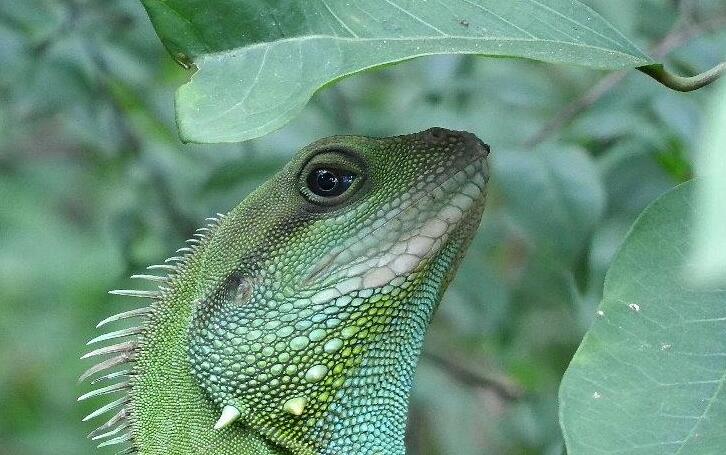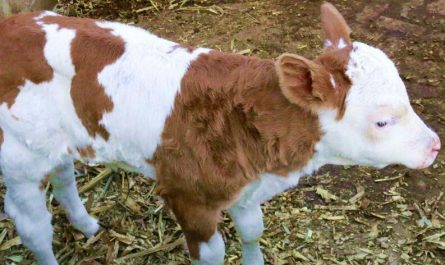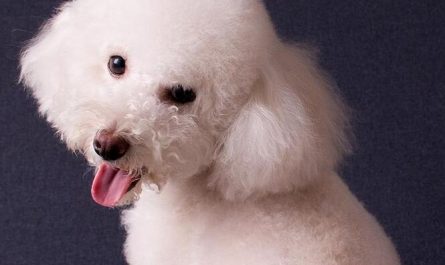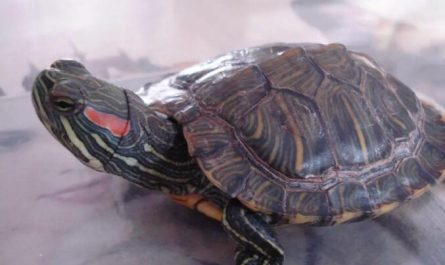The reason why animals have protective colors
The protective color is the color similar to the surrounding environment that animals have in order to adapt to the living environment. Animals with protective colors can be well concealed without being spotted by predators. In this way, they can play, forage and move with peace of mind.
The unit of evolution is not an individual, but a population. Gene mutations are random, but the more effective the protective color is, the more likely it is to be retained. That is to say, mutant individuals of various colors may appear in a population at the beginning, and the probability of occurrence is the same. , But the survival rate of individuals with protective colors is higher, and the possibility of mutation gene retention is also higher.
The color of an individual animal is determined by genes, but no animal can spontaneously genetically mutate, so even if it perceives the surrounding color changes, it cannot change its own color. At most, it is moving to find a place where the color can protect itself.
But for the population, it can adapt to changes in environmental colors and evolve. For example, a butterfly population has two phenotypes: gray and black. Before the forest is industrially polluted, most of the tree trunks are gray, so gray is the protective color. The number of gray butterflies is much larger than that of black butterflies. If it weren’t for industrial pollution that the tree trunks would have turned black, the evolutionary direction of this population would have been gray, but as the environment changed, its final evolutionary result became black. It means that the direction of evolution is determined by the environment, and the population only evolves adaptively.
Examples of animal protection colors
The protection color (Crypsis) and mimicry are both similar to the environmental color and difficult to be identified. The protection color is similar to the environmental color. The “environmental color” here should be the dominant color in the environment, such as the lawn in spring and summer. Green, the snow in winter is white; mimicry is similar to a certain biological or non-living creature in the environment, and the color of this biological or non-living creature is not necessarily dominant in the environment and is not the main color. Protective color is related to sports The state is basically irrelevant. For example, the dead leaf butterfly resting on the branch looks like a dead leaf, and the “resting” state is like a dead leaf. Once it dances, it will not look like it. We may have this experience when we catch insects: sometimes we see insects caused by Here flew to another place, but immediately searched another place, but couldn’t find it immediately.
There are many examples of this kind of protective color in the animal kingdom, and we can almost meet it every step of the way. Most of the animals in the desert have a yellowish “desert color” as their characteristic. There are lions, birds, lizards, spiders, worms, frogs, etc., in short, this color can be found on all the representative animals in the desert fauna.
On the contrary, all the animals on the snow in the north, whether they are terrible polar bears or petrels that do not hurt people, are covered with a layer of white, and they can hardly be seen on the snow background.
The hare that survives in the long-term dangerous environment, their coat color is ocher, this color is also the color of most vegetation in autumn, so the hare can use this to escape the harm of many natural enemies. Chameleon is a kind of lizard, it is a typical animal with protective color. It can quickly change body color in the reflection of light from the surrounding environment, turning into the color of tree trunks or leaves to protect itself. Everyone who catches insects knows Because insects have protective colors, it is very difficult to find them.
You might as well try to catch the green grasshopper squeaking on the grass by your feet-in the green background that covers it, you can hardly see where the grasshopper is. There are also butterfly moths and caterpillars that live on the bark, the colors are very close to the color of the bark (such as tussock moths, etc.).
The same is true for aquatic animals. The marine animals that live in brown algae have a “protective” brown color that prevents the eyes from detecting them. The main protective color for animals that grow in the red seaweed area is red.
The silver scales are also protective. It protects the fishes even if they are not harmed by the birds of prey searching for them in the air, but also prevents them from being attacked by the big fishes that threaten them underwater: the water surface not only moves from above Looking down like a mirror, and looking up from below, from the deepest part of the water, looks more like a mirror (total reflection), and the silver fish scales just merge into this shiny silver background.
As for jellyfish and other transparent animals in the water, such as worms, shrimps, molluscs, etc., their protective colors are completely colorless and transparent, making them invisible to the enemy in the colorless and transparent natural environment.
Many animals can change the hue of the protective color according to changes in surrounding conditions. If the silver rat that is not easily detectable on the snow background does not change the color of its fur as the snow melts, it will lose the benefits of its protective color.
Therefore, in the spring, this small white animal will put on a new red-brown fur to make its color blend with the color of the soil that has been exposed newly from the snow. With the advent of winter, they put on snow-white winter clothes and turned white again.






